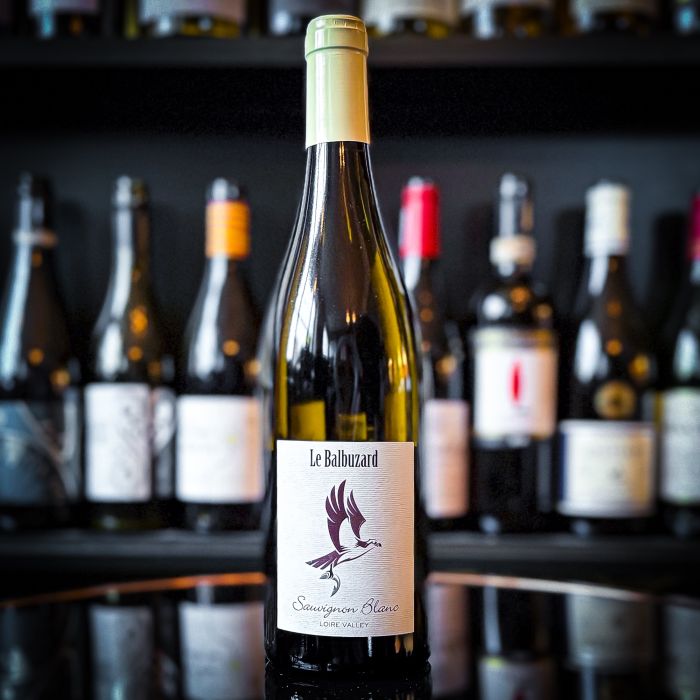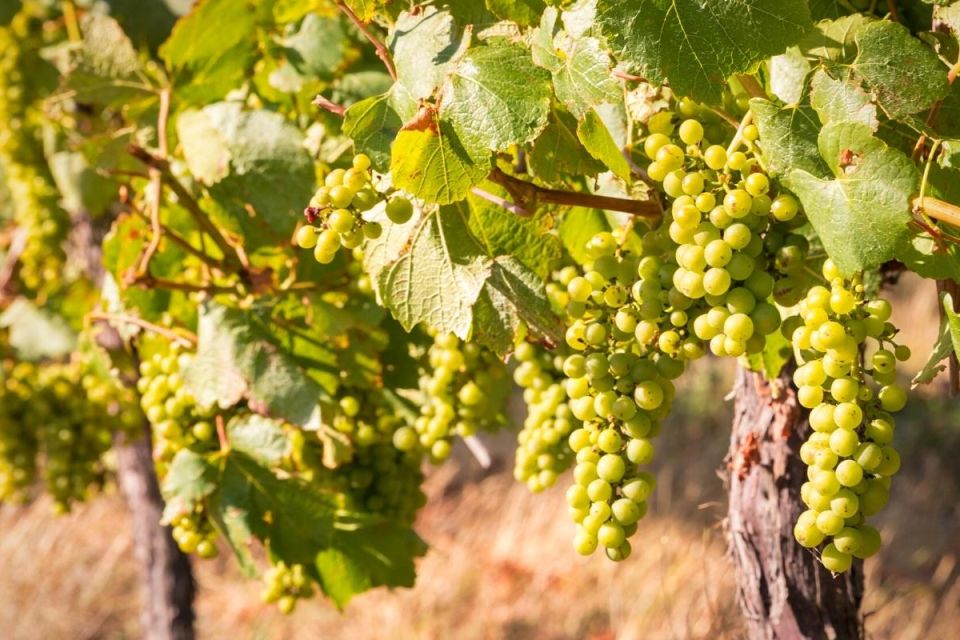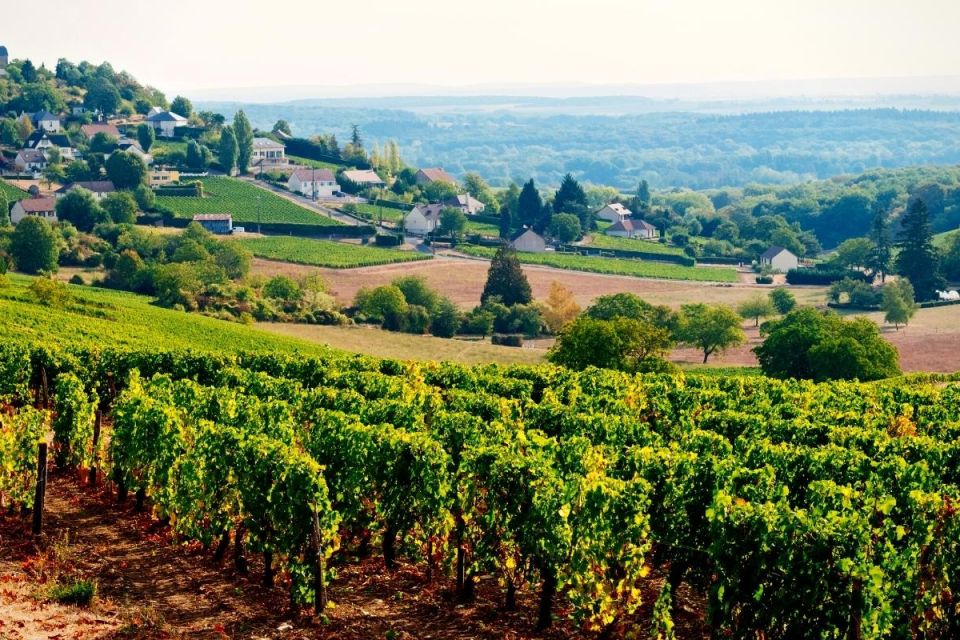Your Mini Basket
Sauvignon Blanc is an aromatic white grape variety that is best known for producing dry wines with distinctive herbaceous (grass, green pepper, asparagus) and floral (blossom) aromas and refreshing high acidity. Originating in France’s Loire Valley, it is now grown around the world, offering a variety of styles. Fruit flavours vary according to ripeness, from apple and gooseberry to melon, peach and passionfruit. Occasionally, Sauvignon Blanc is aged in oak (Fumé Blanc), offering a more creamy palate.
Sauvignon Blanc is the only grape variety permitted in Sancerre and Pouilly-Fumé, two appellations of the Loire Valley, and they’re known to have notes of wet stones. Sauvignon Blanc is also found in Bordeaux, where it’s typically blended with Sémillon.
The hallmark Sauvignon Blanc region in New Zealand is Marlborough; bell pepper, gooseberry and passionfruit are common, alongside more vegetal aromas of tomato stalks, rich citrus, and freshly cut grass.
Other good examples can be found in Australia’s Margaret River and Adelaide Hills, Chile’s Casablanca Valley, Elgin and Constantia in South Africa, and California’s Napa Valley.



